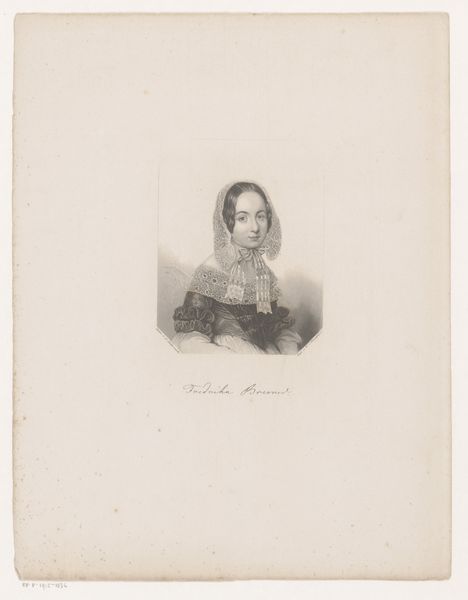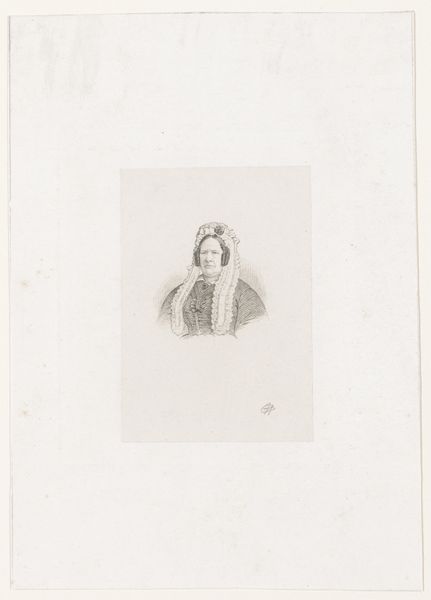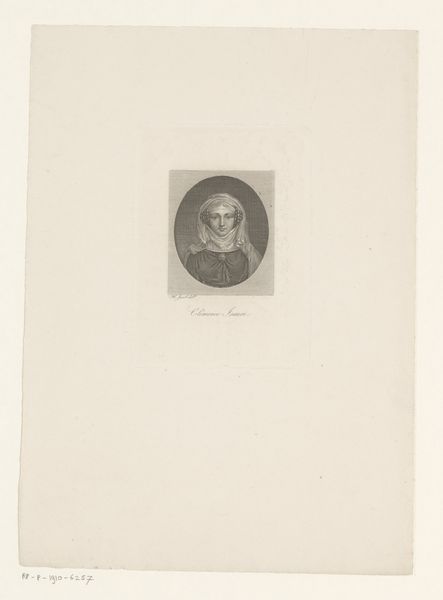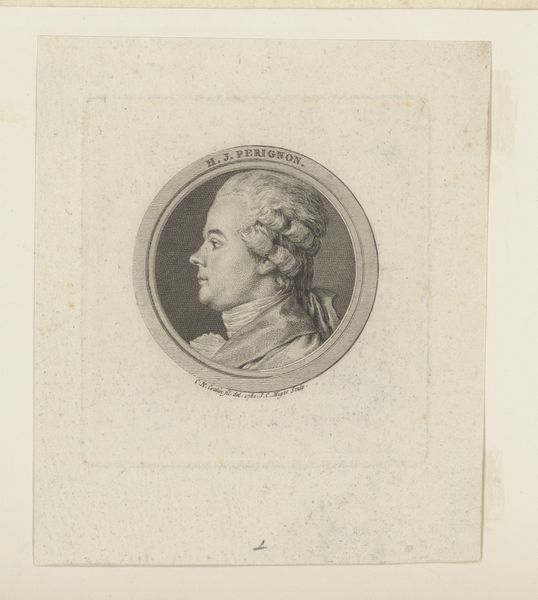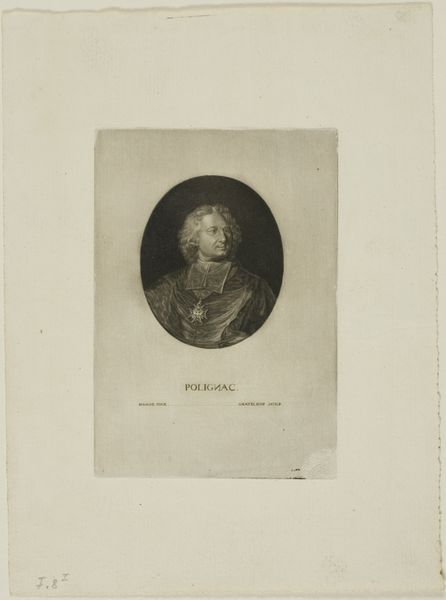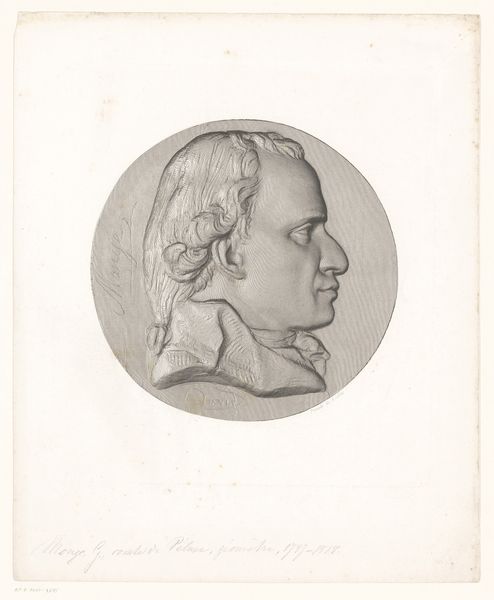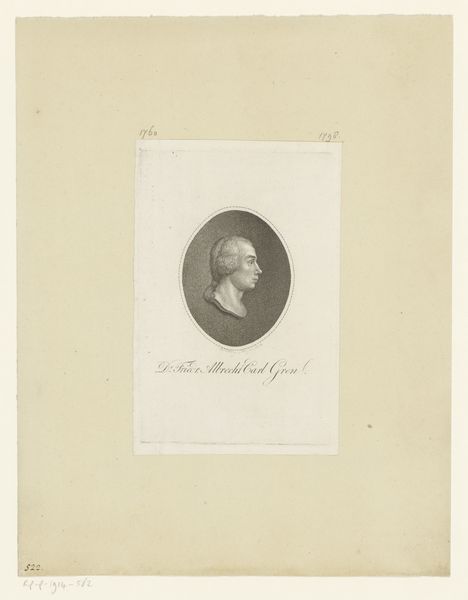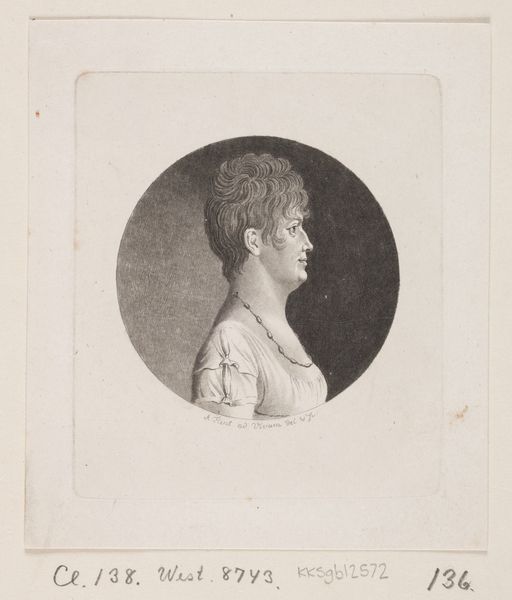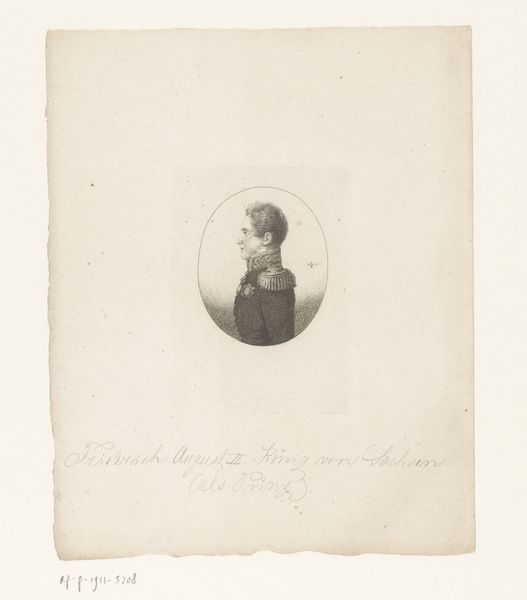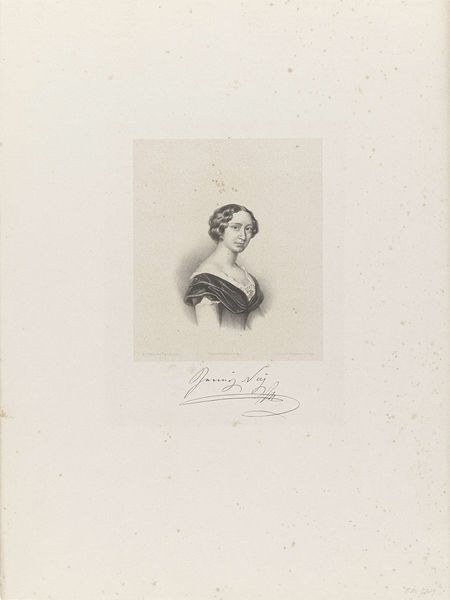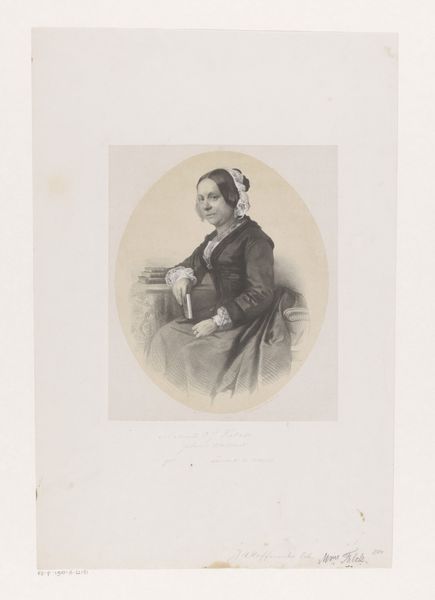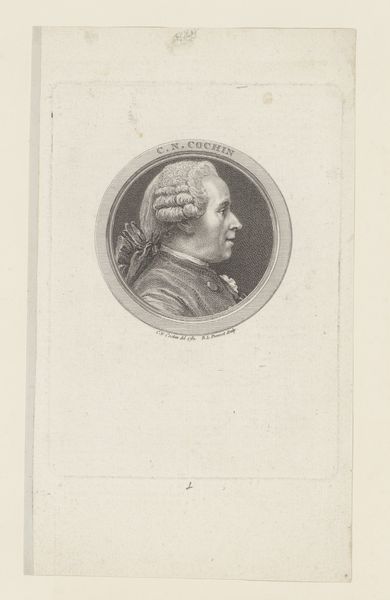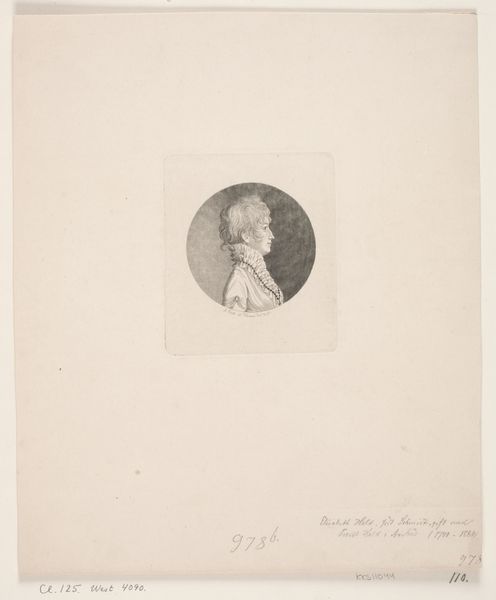
print, engraving
#
portrait
#
pencil drawn
# print
#
pencil sketch
#
light coloured
#
old engraving style
#
history-painting
#
engraving
#
realism
Dimensions: height 140 mm, width 110 mm
Copyright: Rijks Museum: Open Domain
This portrait of Margareta Wulfraet was made by an anonymous artist using a technique called stipple engraving. This was a popular method for reproducing images, particularly portraits, in the 18th and 19th centuries. Instead of lines, the image is created using thousands of tiny dots, carefully etched into a copper plate. The varying density of the dots creates the illusion of tone and shadow. Think of it like a very early form of pixelation. The process demands incredible skill and patience, requiring the engraver to meticulously build up the image dot by dot. The appeal of stipple engraving was that it allowed for soft, delicate gradations, perfect for capturing the likeness of a sitter. However, it was also a time-consuming and labor-intensive process. This suggests a commercial system of printmaking where such labor was readily available, and affordable. Looking at this print, we can appreciate not only the skill of the engraver, but also the social and economic context in which it was made. It reminds us that even seemingly simple images are the result of complex processes, and skilled labor.
Comments
No comments
Be the first to comment and join the conversation on the ultimate creative platform.
